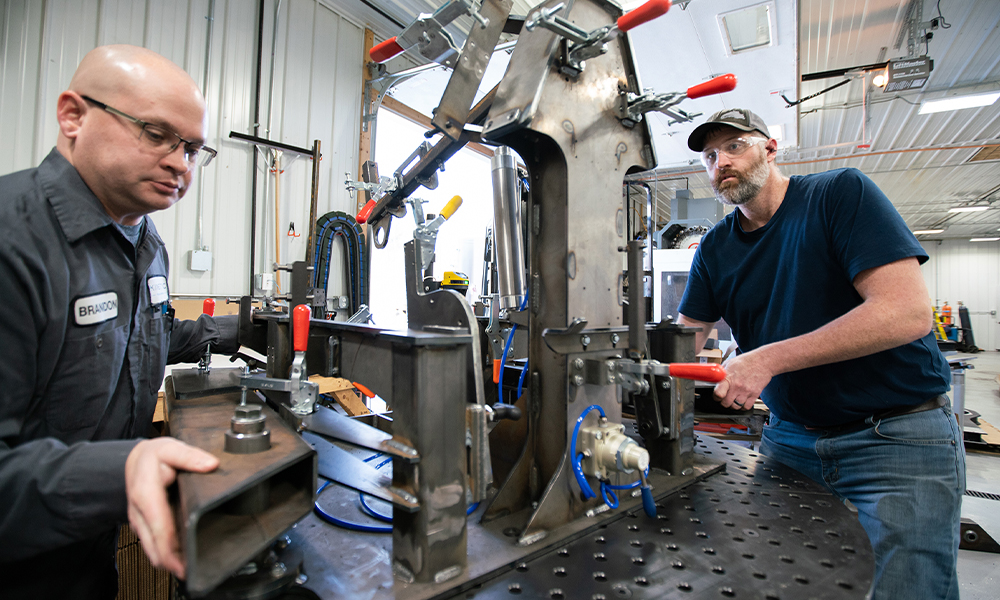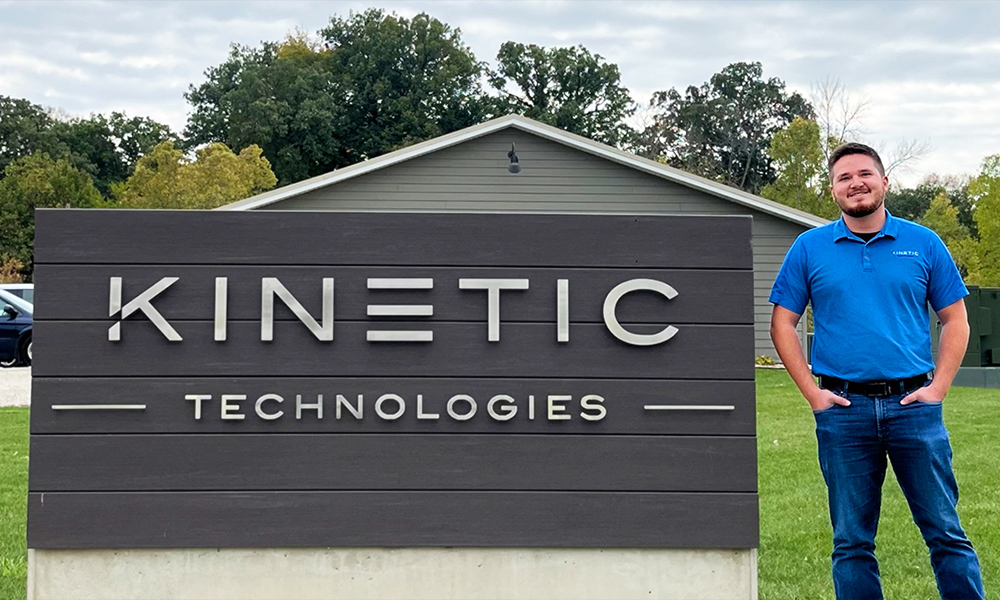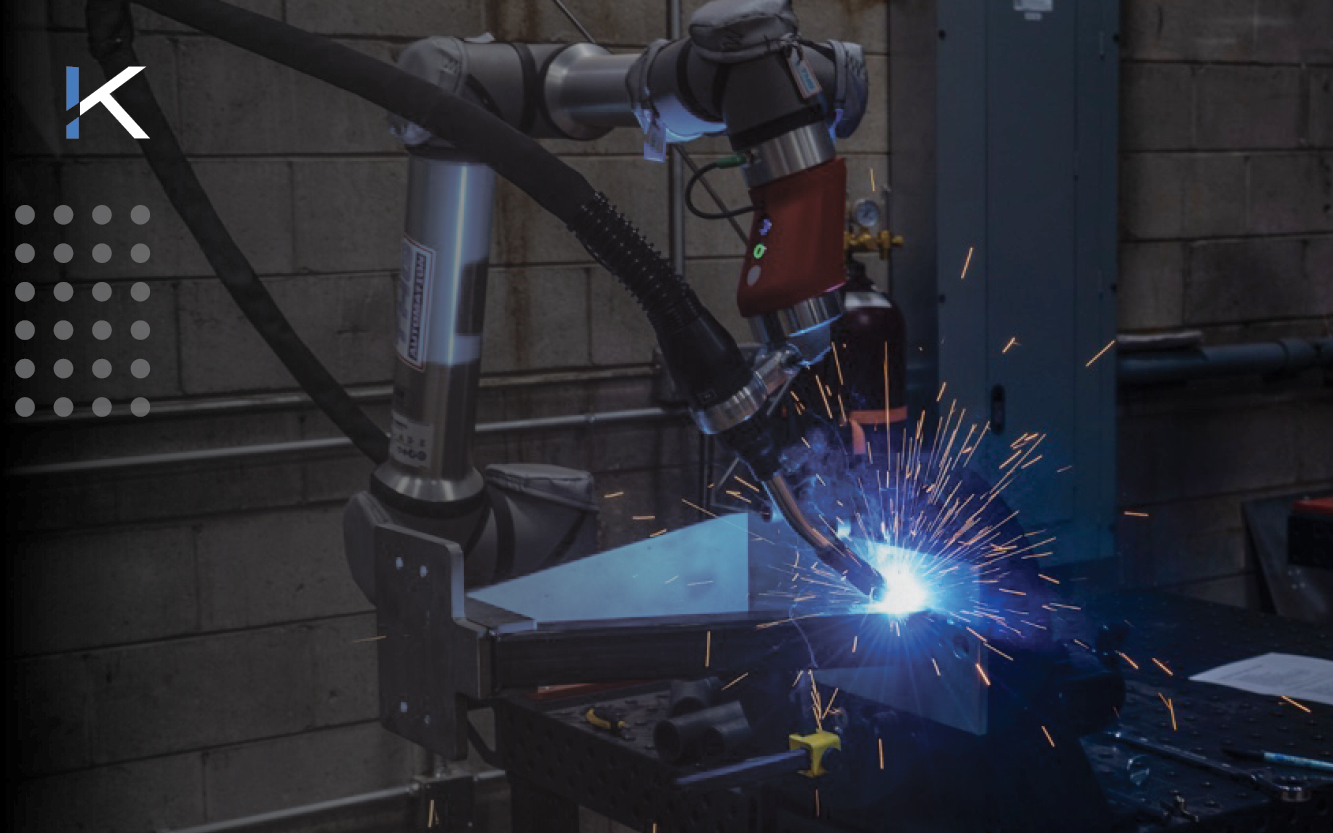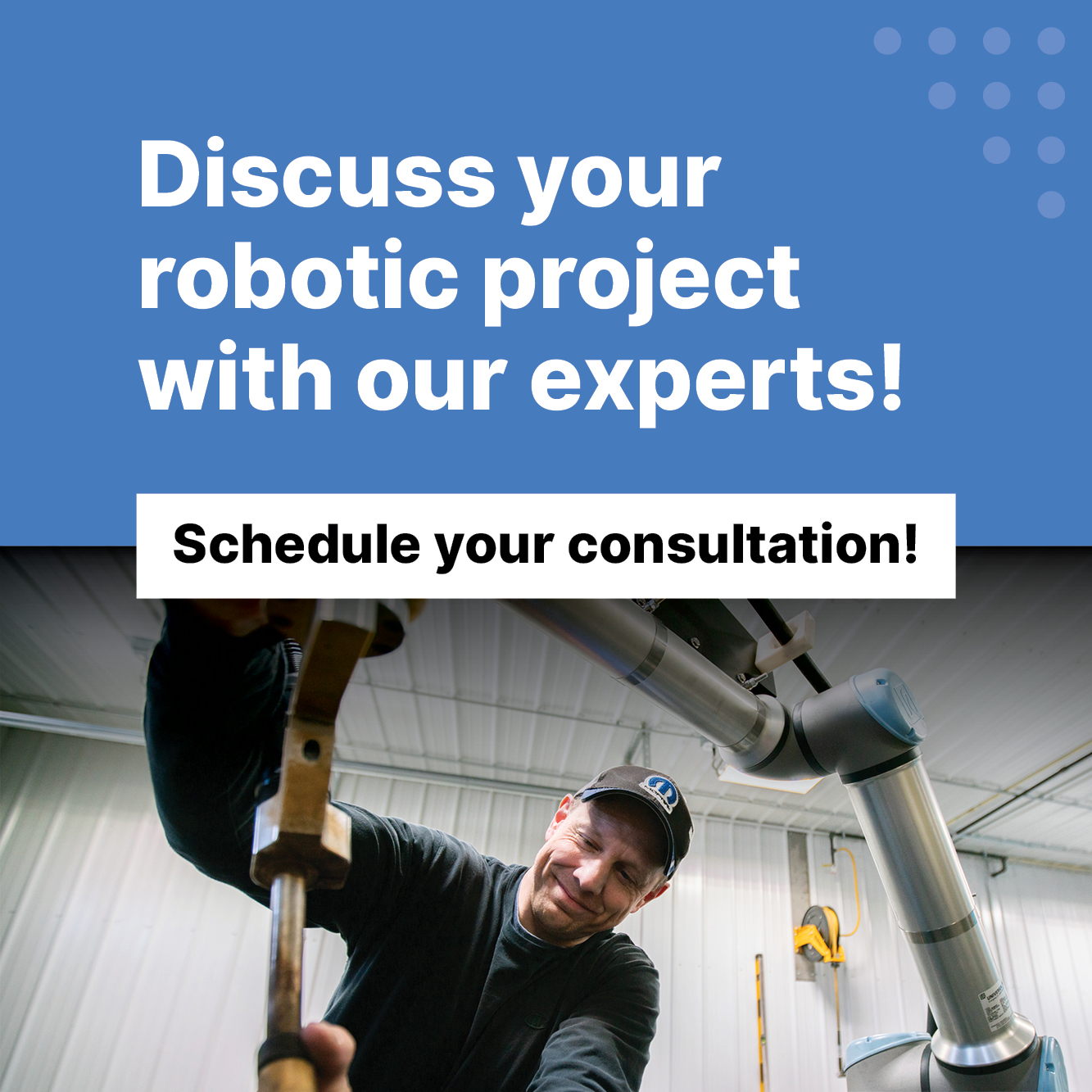The right integrator isn’t just a vendor; they are a partner who understands your business, your challenges, and your goals.
They bring more than just technology to the table—they bring a wealth of experience, strategic thinking, and a proven methodology that ensures your automation projects succeed and deliver long-term value.
Embracing Agile Practices
These practices allow for continuous improvement and rapid response to changing project requirements, ensuring that the solution delivered is exactly what the customer needs—when they need it.
As owner Mark Barglof explains,
“Our company was built… on rapid prototyping and agile processes… the Kanban prioritization process, the rapid project management tools that we use… all of that works super, super well when we look at this custom integration world.”

This approach improves flexibility and ensures projects can be adjusted on the fly to better meet customer needs. It’s about being responsive, not reactive, to the evolving demands of clients.
Responding to Market Needs
Kinetic Technologies excels in this area by adopting a customer-centric approach. As Mark puts it,
“What we found is that some folks are really good at the robotics programming and maybe the electronics, but as far as the custom-manufactured components, they’re waiting on somebody else to do that…So we like to say that our customers don’t have a robot problem. We’re trying to solve the problem that they actually have on the facility.”

Ensuring Quality and Reliability
Quality Assurance and FAT Testing:
• Rigorous testing: Before an automated system is deployed, it undergoes FAT, a critical step where the entire system is tested in a controlled environment. This process helps to identify any potential issues early, ensuring that the system will perform reliably in real-world conditions. By catching problems before installation, FAT reduces downtime and costly fixes later on.
• Consistent standards: Adhering to quality assurance protocols throughout the integration process ensures every aspect of the system meets strict performance criteria. This includes everything from the software and hardware components to the overall system functionality.
ISO 9001 Certification:
• Maintaining high standards: One of the benchmarks for quality management in manufacturing is ISO 9001 certification. This standard provides a framework for consistent quality across all processes, ensuring that every product or system meets customer expectations.
• Customer confidence: ISO 9001 certification also gives customers confidence that their automation systems will be reliable, safe, and efficient.
Integration from Concept to Completion
Handling Projects from Start to Finish:
• Comprehensive approach: Your integrator should be involved in every step, from understanding the customer’s needs and designing a custom solution, to engineering, testing, and installing the system on-site. This end-to-end involvement ensures that nothing is overlooked, and the system is fully optimized to meet the specific needs of the manufacturer.
• Single point of contact: Having a single integrator manage the entire project lifecycle offers many benefits. It streamlines communication, reduces the potential for errors, and ensures that the project stays on track and within budget. When one team is responsible for every stage, they can quickly address any issues that arise, making the process smoother and more efficient.
Choose Kinetic Technologies for Welding Automation
“We want to come alongside and work from a solution standpoint on the problems in the facility, acting as an extension of your team.”

For manufacturers aiming to stay competitive, partnering with Kinetic Technologies offers the chance to leverage cutting-edge automation with the support of a dedicated team.
Contact us today to see how we can bring your welding automation projects to life with innovative, customized solutions designed to meet your specific needs and position you for long-term success.

Mark Barglof is the President and owner of Kinetic Technologies, LLC, a robotic welding integration shop just north of Algona, IA. After serving in the military and earning the U.S. Army Ranger Tab, Mark shifted career paths and dove into the world of manufacturing. His vision is to build a full-service engineering and robotics company that can bring to bear all the advanced engineering tools to support their clients and make their concepts come to life quickly. They are intently focused on robotic welding integrations, robotic welding positioners and fixtures, and custom machine building.




